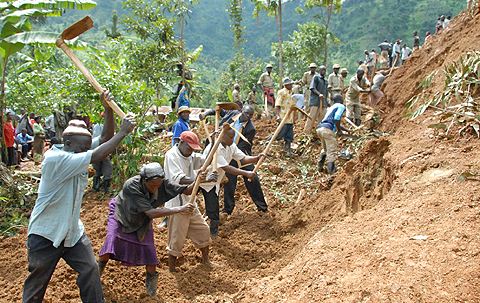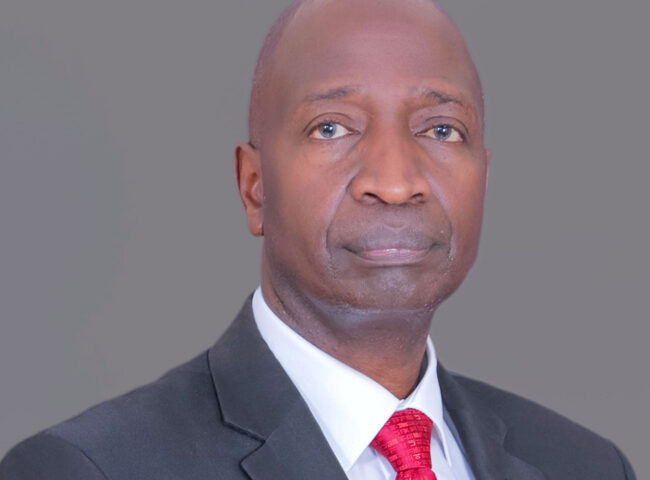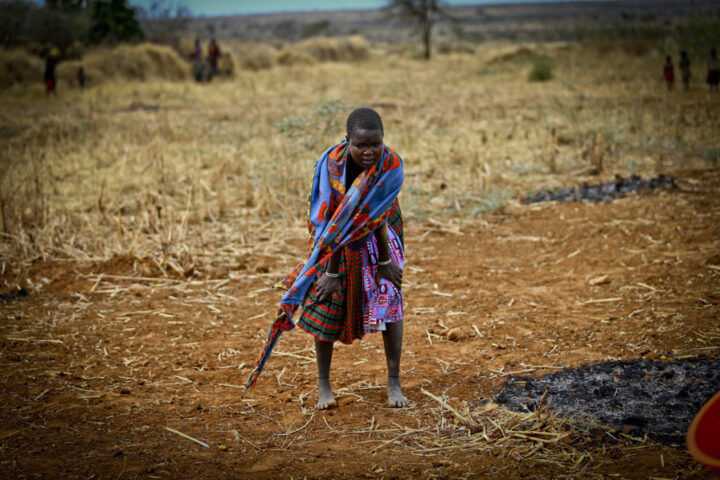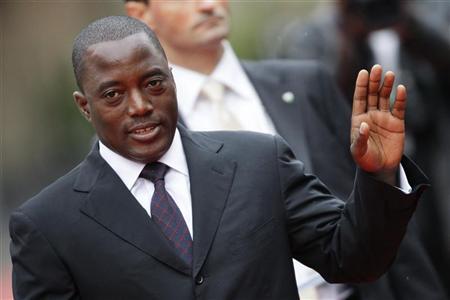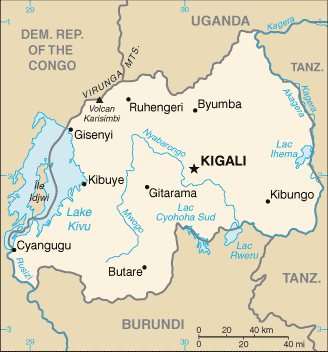When the mountainside collapsed it took three days for earthmovers to arrive. It was the second time mud and stone were burying villages around mount Elgon alive. The last time was about two years back. After such a delay one cannot talk of a rescue effort. That would imply that one expects survivors. Some bodies were eventually recovered. As Ugandan disaster response policy makers swung into action, a clear picture emerged of the type of organization that is the countries answer to not just humanitarian disaster of this sort but the other story of Bududa and the beautiful mount Elgon slopes of the east, that of the environmental disaster that it was. The story of Bududa began, according to the head of the National Environmental Management Authority Dr. Tom Okurut, several administrations ago in the 60’s.
At that time the UPC administration of Apollo Milton Obote degazetted part of the forest to allow locals increase farming acreage. The other side of the mountain, which lies in Kenya, was apparently turned into a national park and so occupation of it was barred. In Uganda two other presidents followed Milton. Both Idi Amin and Yoweri Museveni, largely because of politics allowed the boundaries of the protected areas to be moved closer to the slopes of the great mountain. The rest is history.
There is another place in whose terrain Bududa and the response can be debated. The western rib of Uganda teeming with wild animals and now oil. In Bududa it was not simply the snails pace of the attempt to unbury those under the mountainside but who eventually did it. In many disasters the ironically named Ministry of Disaster Preparedness acts as a “coordinator”. It coordinates the resources of other actors like the Red Cross, World Food Program, volunteers etc. In the Bududa case it coordinated the delivery of earthmovers some three days later. This outsourcing of its response is not a problem if it worked well. However it clearly does not. And so I posed the question in the west of the country where large movements of the earth have created the amazing if incomparable rift valley.
The inhabitants at such national parks as Murchison Falls National Park are protected by law. The human activity here that poses the biggest threat to the environment is Uganda’s oil exploration and production program. There is the proposed golf course that the Madhvani family hoped to build in Queen Elizabeth National Park that was roundly rejected by NEMA and the environmental fraternity again in the past few weeks.
If the Bududa approach in the east carries in the west then the outsourcing of a response to a disaster in the oil rich but fragile ecosystem will be the outsourcing to oil companies like Tullow whose activities would have been responsible for the problems perhaps in the first place. Dr. Okurut said until recently NEMA had one officer covering the hundreds of square miles that form the Albertine Graben. In the last months two more officers where appointed. Tullow has an in-house environmental department with 9 experts so does Total of France. Another government department with an environmental unit is the Petroleum and Production Department in the Ministry of Energy and Minerals. After a slow policy back and forth NEMA recently released its waste disposal guidelines for the oil sector. Read them for the first time here GUIDELINES FOR OIL AND GAS OPERATIONS
It makes all the “best practice” noises. Quite likely what NEMA will do is act as some sort of coordinator in the event of a disaster. However if an oil spill or some other disaster were to happen in the oil rich areas which are also national parks, what can be expected?
Over to you.

